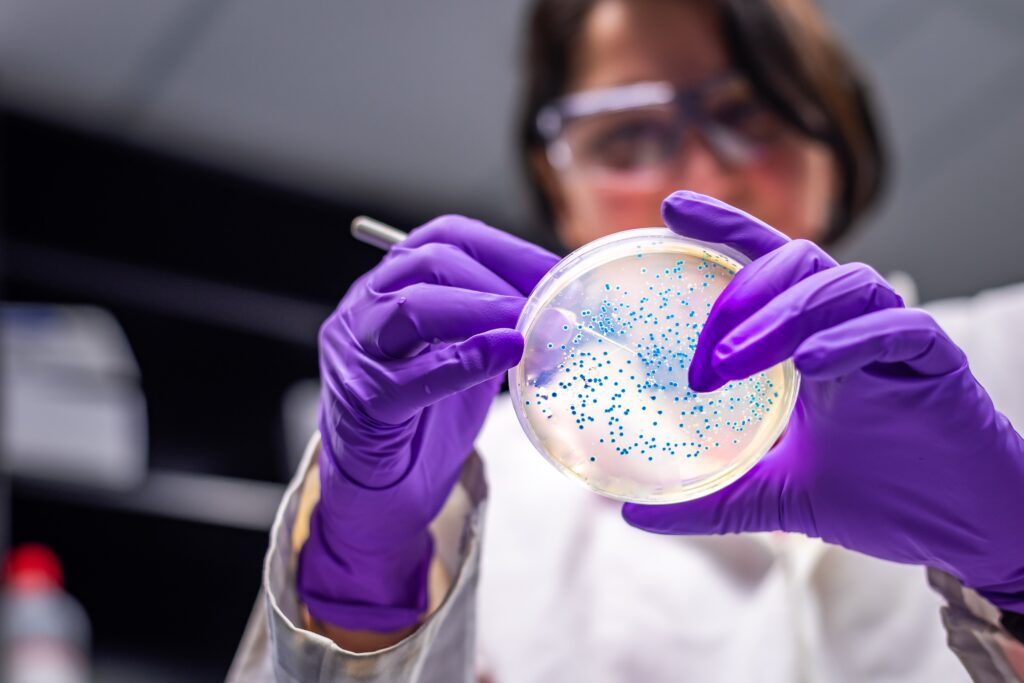Researchers at McMaster University in Canada have developed a rapid Salmonella test for detecting contamination in chicken and other foods, which could help to reduce the cost of food processing and improve food safety. Unlike the current monitoring method, the new Salmonella test provides accurate results in an hour or less and does not require accessories or a power source.
The team’s findings detailing their test were published last month in the journal Angewandte Chemie.
“Anyone can use it right in the setting where food is being prepared, processed or sold,” said study co-author Yingfu Li, a professor of Biochemistry and Chemical Biology who leads McMaster’s Functional Nucleic Acids Research Group, in the university’s news release.
Salmonella is a type of bacteria that can cause food poisoning in humans and is commonly found in foods like eggs, poultry, meat and dairy products. In the US alone, the bacteria is estimated to cause around 1.35 million infections, 26,500 hospitalizations and 420 deaths annually. Internationally, Salmonella causes 155,000 deaths each year and is one of the most common and serious forms of foodborne infection.
Related: New Food Safety Testing Tool Can Detect Multiple Foodborne Illness-Causing Pathogens
One advantage of the new rapid Salmonella tests is that it can provide results within hours, as opposed to several days. This can be particularly useful in situations where it is important to quickly identify the source of an outbreak. For example, if several people become sick after eating at a restaurant, for example, the test can be used to quickly determine whether the bacteria is present in the food.
Traditionally, Salmonella detection was done through a series of tests that could take several days to complete. This delay in results can lead to the spread of the infection, as the contaminated food may not be identified until several days after it has been consumed; however, this novel, rapid Salmonella test offers a more efficient way to detect the bacteria.
The test works by using a synthetic nucleic acid molecule that is sandwiched between microscopic particles such as gold. If Salmonella bacteria are present, they cut through the particles, allowing the molecule to escape. The presence of Salmonella shows as a visible shade of red on a paper test strip, and the greater the concentration of Salmonella, the brighter the color appears.
Another advantage of the rapid Salmonella test is that it is relatively easy to perform. This means that it can be used in a variety of settings, including labs and food processing facilities. The test would most often be deployed in processing facilities, but the scientists see no reason why it couldn’t be used elsewhere.
“Using these tests is easier than using a COVID test, which so many people are already doing,” said co-author Carlos Filipe, chair of McMaster’s Department of Chemical Engineering, in the statement released by the university. “For this to be as effective and useful as possible, it has to be easy to use.”
The new test could significantly improve food safety and reduce the cost of processing fresh poultry and other foods, benefiting food producers, retailers and regulators alike.












Join or login to leave a comment
JOIN LOGIN